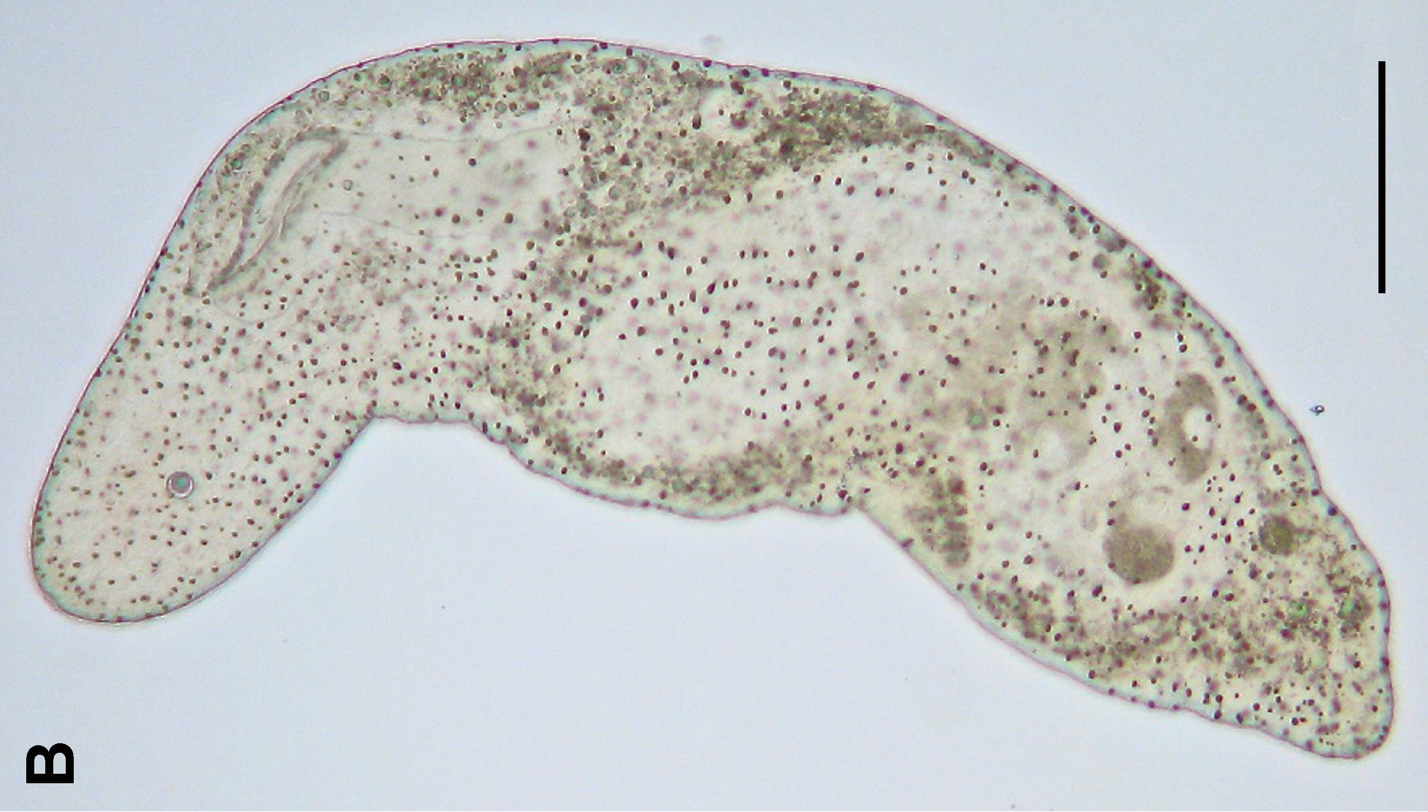|
Saleniidae
Saleniidae is a family of echinoderms belonging to the order Salenioida The Salenioida are an order of sea urchins. Description and characteristics They are distinguished from other sea urchins by the presence of a large plate on the upper surface, with the anus to one side. They have very large tubercles between .... Genera Genera: * '' Acanthosalenia'' Nicolleau, Martinez & Vadet, 2014 * '' Bathysalenia'' Pomel, 1883 * '' Holosalenia'' Smith & Wright, 1990 References Echinacea (animals) Echinoderm families {{echinoidea-stub ... [...More Info...] [...Related Items...] OR: [Wikipedia] [Google] [Baidu] |
Salenioida
The Salenioida are an order of sea urchins. Description and characteristics They are distinguished from other sea urchins by the presence of a large plate on the upper surface, with the anus to one side. They have very large tubercles between the ambulacral plates, and much smaller ones on the ambulacral plates themselves. Taxonomy According to World Register of Marine Species : * family Saleniidae L. Agassiz, 1838 * family Acrosaleniidae Gregory, 1900† * family Goniophoridae Smith & Wright, 1990† * family Hyposaleniidae Mortensen, 1934† * family Pseudosaleniidae Vadet, 1999b† A dagger, obelisk, or obelus is a typographical mark that usually indicates a footnote if an asterisk has already been used. The symbol is also used to indicate death (of people) or extinction (of species). It is one of the modern descendan ... References * * Echinacea (animals) Echinoderm orders Extant Middle Jurassic first appearances {{echinoidea-stub ... [...More Info...] [...Related Items...] OR: [Wikipedia] [Google] [Baidu] |
Echinoderms
An echinoderm () is any member of the phylum Echinodermata (). The adults are recognisable by their (usually five-point) radial symmetry, and include starfish, brittle stars, sea urchins, sand dollars, and sea cucumbers, as well as the sea lilies or "stone lilies". Adult echinoderms are found on the sea bed at every ocean depth, from the intertidal zone to the abyssal zone. The phylum contains about 7,000 living species, making it the second-largest grouping of deuterostomes, after the chordates. Echinoderms are the largest entirely marine phylum. The first definitive echinoderms appeared near the start of the Cambrian. The echinoderms are important both ecologically and geologically. Ecologically, there are few other groupings so abundant in the biotic desert of the deep sea, as well as shallower oceans. Most echinoderms are able to reproduce asexually and regenerate tissue, organs, and limbs; in some cases, they can undergo complete regeneration from a single lim ... [...More Info...] [...Related Items...] OR: [Wikipedia] [Google] [Baidu] |
Echinacea (animals)
''Echinacea'' is a genus of herbaceous flowering plants in the daisy family. It has ten species, which are commonly called coneflowers. They are found only in eastern and central North America, where they grow in moist to dry prairies and open wooded areas. They have large, showy heads of composite flowers, blooming in summer. The generic name is derived from the Greek word ('), meaning "sea urchin", due to the spiny central disk. These flowering plants and their parts have different uses. Some species are cultivated in gardens for their showy flowers. Two of the species, '' E. tennesseensis'' and '' E. laevigata'', are listed in the United States as endangered species. ''Echinacea purpurea'' is used in traditional medicine. Although commonly sold as a dietary supplement, there is insufficient scientific evidence that ''Echinacea'' products are effective or safe for improving health or treating any disease. Description ''Echinacea'' species are herbaceous, drought-tole ... [...More Info...] [...Related Items...] OR: [Wikipedia] [Google] [Baidu] |

